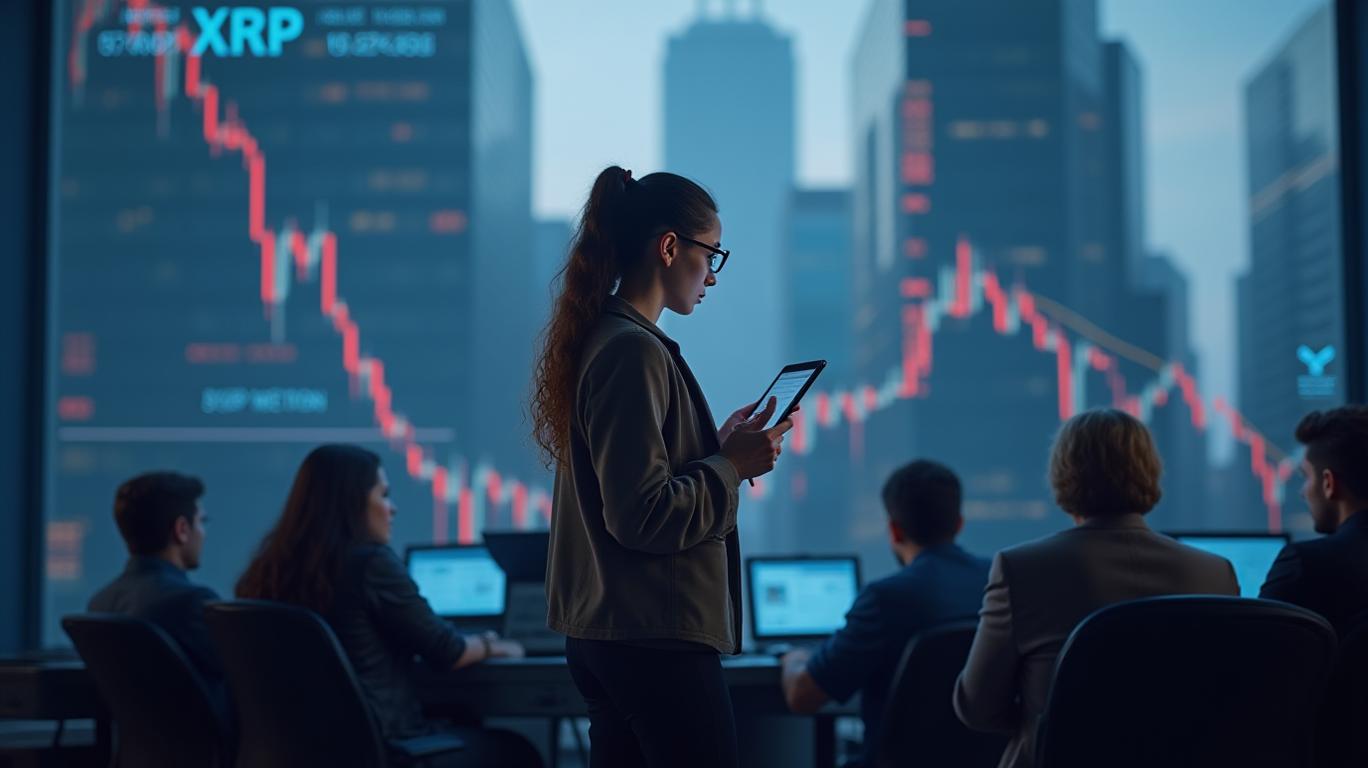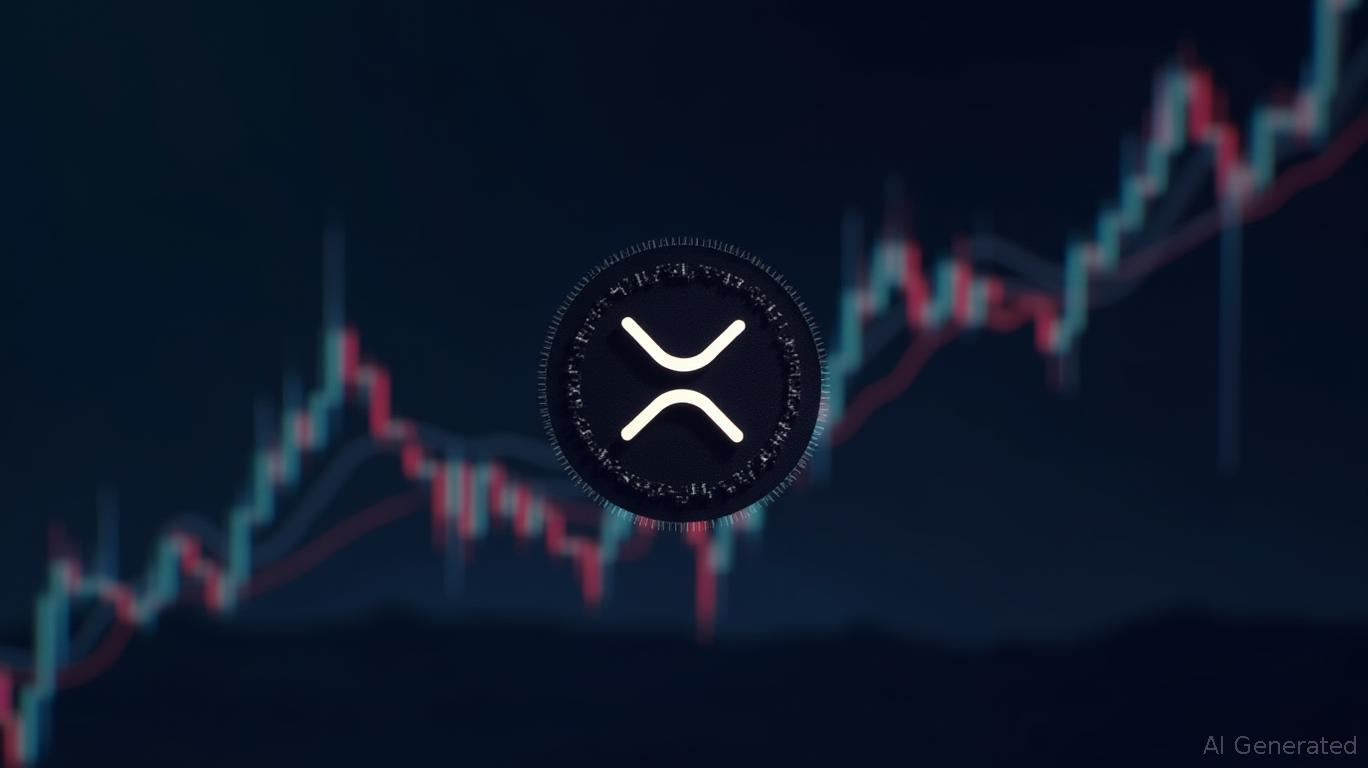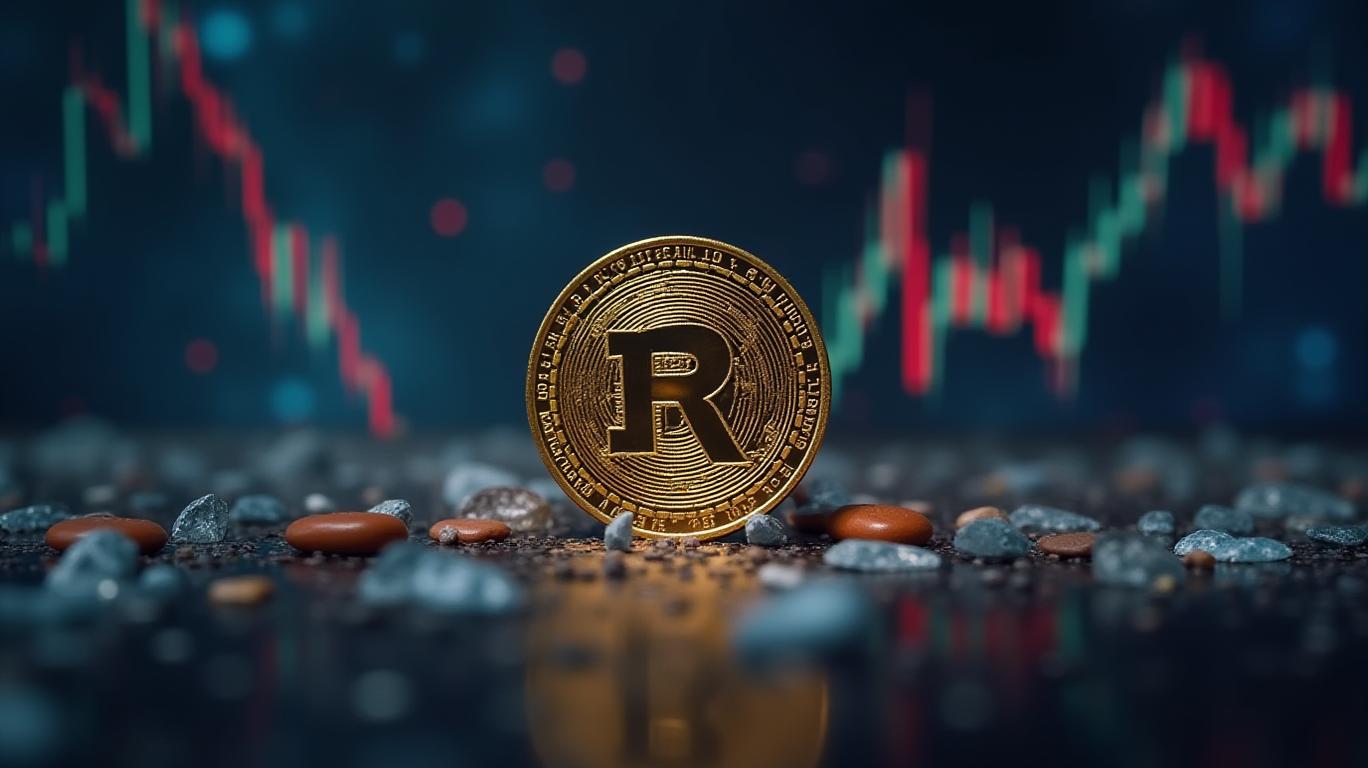XRP news today: XRP's US Roots Fuel Resilience Amid Regulatory Challenges
XRP, a digital asset native to the XRP Ledger, has been gaining attention for its unique identity and its origins in the United States. Unlike Bitcoin and Ethereum, which often dominate the headlines, XRP is carving out a distinct niche for itself. The digital asset is developed by Ripple, a US-based technology company that focuses on the Ripple payment protocol and exchange network. This American foundation is significant for several reasons.
Firstly, the US regulatory environment is one of the most stringent and well-defined in the world. Ripple's compliance with these regulations can instill confidence in investors and partners alike. The company has established strong relationships across various regions, demonstrating its global reach and influence. This international footprint is a testament to Ripple's ability to navigate different regulatory landscapes and build a robust network.
XRP has been in the crypto world for over a decade, and despite many challenges, it’s still standing. Dan Tapiero, founder of 10T Holdings and a long-time investor, shared his thoughts on XRP, praising its ability to survive in a tough and fast-changing industry. In an interview, he said that, “One very impressive thing about XRP is just how long it’s lasted, how many times it’s come under attack. It’s the Lindy effect—the longer it exists, the stronger it becomes.”
XRP’s journey has been anything but smooth. Its parent company, Ripple Labs, has faced fierce criticism and legal challenges—including a high-profile lawsuit from the U.S. Securities and Exchange Commission (SEC) that resulted in XRP being delisted from several major U.S. exchanges. For a time, it looked like XRP might fade into obscurity. But the token didn’t disappear. It bounced back. Despite detractors—particularly among Bitcoin maximalists and Ethereum loyalists—XRP has retained a passionate community and continued use cases.
Recent chatter around ProShares launching XRP ETFs has sparked fresh interest, though it’s met with mixed reactions in the crypto community. Tapiero points out that while Bitcoin and Ethereum dominate headlines, XRP is carving out a unique identity—and doing so from U.S. soil. “It’s made in America. And with this administration, that matters,” he said.
Tapiero’s connection to XRP runs deep. His first crypto trades were in Bitcoin and XRP, executed via a platform then called BitReserve—now known as Uphold. His gold firm, Gold Bullion International (GBI), was the first to let users trade gold for XRP and Bitcoin. Back then, XRP traded at a tenth of a cent. Today, it fluctuates around $2.00 depending on market cycles. Looking back, Tapiero admits he didn’t fully understand XRP at the time and didn’t hold onto it long-term. But his takeaway is one many in the space can relate to: “Just because you didn’t buy it at a tenth of a cent doesn’t mean you couldn’t buy it at one cent, or ten cents. If you believe in something, never give up on it.”
However, Ripple's journey has not been without challenges. The company faced regulatory setbacks and a failed $5 billion acquisition bid for stablecoin issuer Circle. These events have had an impact on XRP's valuation, which dropped below $130 billion. Despite these hurdles, XRP's potential for significant price appreciation remains a topic of debate among enthusiasts and investors. Some believe that holding XRP could lead to substantial financial gains, while others remain cautious.
The debate surrounding XRP extends beyond its price potential. There is also a discussion about its role in the broader financial ecosystem. Some argue that XRP and blockchain technology could potentially disrupt traditional banking systems, including SWIFT, the global messaging network used by banks for international transactions. This disruption could lead to more efficient and cost-effective cross-border payments, benefiting both individuals and businesses.
Ripple's reported $5 billion offer for Circle was rejected as too low, highlighting the company's aggressive expansion strategy. This move, along with its compliance with US regulations, underscores Ripple's commitment to growth and innovation. Despite the challenges, Ripple continues to push the boundaries of digital asset technology, aiming to lead the charge in the evolving financial landscape.



_442a2dcc1749832873286.jpeg)
_e68fac6d1749831664430.jpeg)






